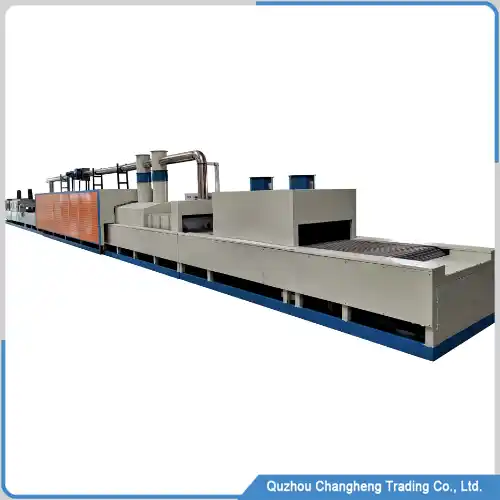
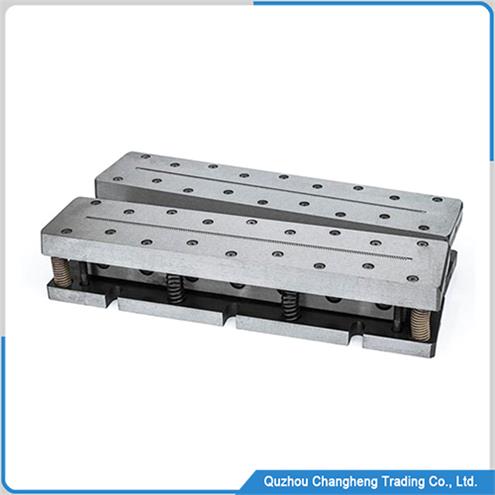
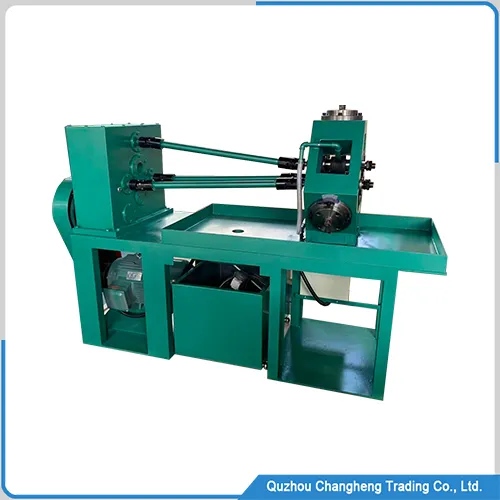
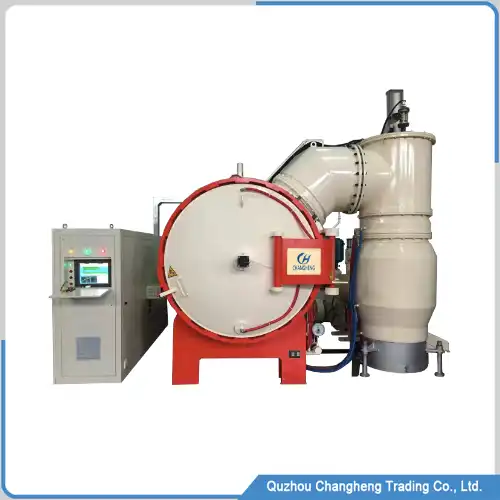
Machine Overview
A metal vacuum hardening furnace is a device that utilizes a vacuum environment for metal heat treatment. Heat the metal workpiece under a vacuum to the desired temperature and then rapidly cool it to improve the properties of the metal material.
Vacuum hardening furnaces are widely used in industries such as aerospace, automotive, precision machinery, and tool manufacturing, playing an important role in improving the mechanical properties, wear resistance, fatigue strength, and other aspects of metal materials.
Vacuum hardening furnace advantage
1, The amount of oxidation and decarburization is extremely small:
Due to the lack of oxygen in the vacuum environment, metal workpieces are not easily oxidized during the heating process, and can also effectively avoid decarburization on the surface of the workpiece.
2, Controllable cooling speed:
Vacuum quenching furnaces are usually equipped with cooling systems, such as water or gas cooling, which can accurately control the cooling speed to achieve the best microstructure and performance.
3, Clean and pollution-free:
The vacuum quenching process does not produce smoke, dust, or waste gas, making it environmentally friendly.
4, Improve the surface quality of the workpiece:
By reducing the formation of oxide skin, the surface quality of the workpiece is improved, and the subsequent polishing and polishing processes will also be easier.
5, Wide applicability:
suitable for various types and sizes of metal workpieces, especially for heat-treated workpieces that require high precision and quality.
Vacuum hardening furnace data
| No. | Seller Support | DATA |
| 1 | Vacuum pressure | Customer specified |
| 2 | Maximum temperature | 1600℃ |
| 3 | Application | Metal quenching |
| 4 | Chamber size | customized |
| 5 | Heating type | Molybdenum heating |
| 6 | Minimum order quantity | 1 pcs |
| 7 | Delivery time | 98 days |
| 8 | Control type | fully automatic |
| 9 | Technical training | Seller support |
operational principle
The working principle of a metal vacuum furnace is based on heat treatment of metal workpieces under almost complete gas elimination conditions. This process mainly involves the following steps:
Establish a vacuum environment
The initial stage of a vacuum furnace is to extract air or other gases from the furnace to achieve a predetermined vacuum degree. This is usually achieved through the use of vacuum pumps, which can be rotary vane pumps, molecular pumps, or other types of pumps, selected based on the required degree of vacuum and processing time.
vacuum hardening furnace Heating
In a vacuum environment, the metal workpiece is heated to the desired temperature through a heating element. Heating elements may be induction heating coils, resistance wires, or other heating methods. During the heating process, the problem of metal oxidation is greatly reduced due to the almost absence of oxygen.
Insulation
After reaching the target temperature, the workpiece will be kept in the furnace for some time to ensure the uniformity and adequacy of the heat treatment process.
Cooling
After the heat treatment process is completed, the workpiece needs to be cooled in a vacuum environment. The cooling method can be natural cooling, fan cooling, or liquid cooling, depending on the material and requirements of the workpiece.
Restore normal pressure
After the workpiece cools down, the vacuum state in the furnace is broken and restored to the normal pressure state to remove the workpiece.

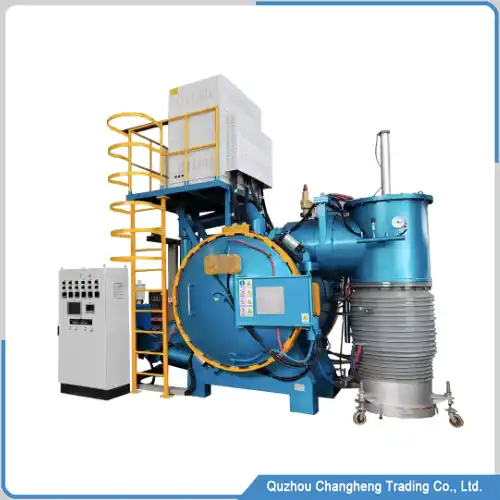
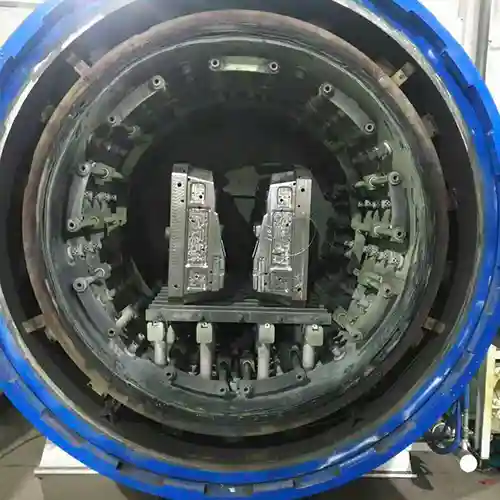
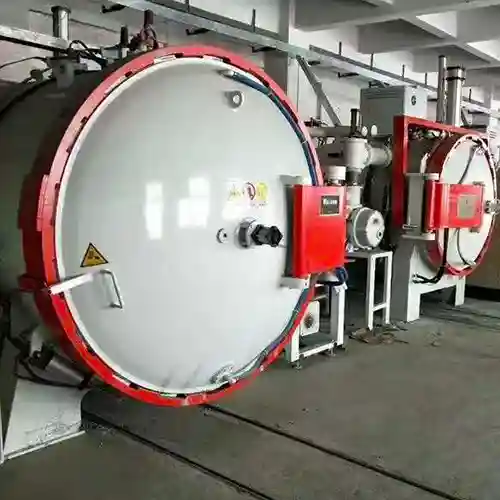









 WECHAT
WECHAT